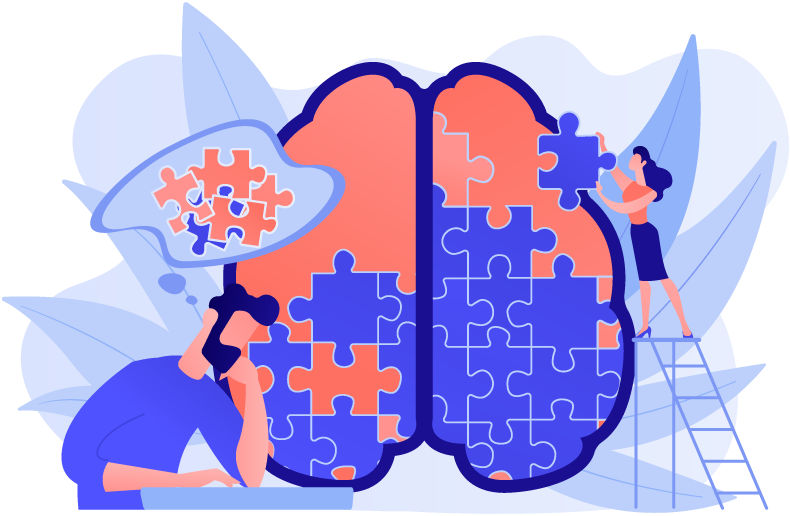A new report from Manulife Financial Corporation shows a growing number of adults are being diagnosed and treated for attention deficit hyperactivity disorder (ADHD). The sharp spike in cases between 2021 and 2022 – the number of unique adult claimants for ADHD medication grew by 24.5 per cent during that time – is a trend that the insurer says shows no signs of slowing.
“The fact that this condition can – and clearly does – continue into adulthood is something that all employers should know,” says Ashesh Desai, head of group benefits for Manulife Canada. The company also states that an average of 48 days per employee were lost in 2022 to health-related absences and presenteeism.
They uptick in diagnoses they say is being driven by an increase in overall awareness about ADHD on the part of doctors who are better equipped to recognize the signs and symptoms of ADHD in adulthood. It is also likely being driven by the popularity of social media posts talking about the signs and symptoms of ADHD. A third driver may be that symptoms previously masked by structured work environments were brought to light during work-from-home COVID-19 mandates.
“As of 2022, ADHD is reported to affect about five per cent of the population, including children and adults. About 50 per cent of adults who were diagnosed with ADHD in childhood will meet the diagnostic criteria for ADHD in adulthood,” they state. “Doctors are sensitive to the fact that if left untreated, ADHD is a risk factor for other challenges, including an increased risk of car accidents., injuries, cardiovascular disease, obesity and financial health concerns.” They add that depression is three times more prevalent in adults with ADHD.
“Understanding the benefits of ADHD treatment can be a key driver to supporting better health outcomes for affected employees,” they add. “We know the ways in which employers support the health and well-being of their employees has a major impact on Canadian workforces.” The paper concludes citing statistics which suggest that for every $1 spent on mental health care at work, there is a $4 return on investment.













